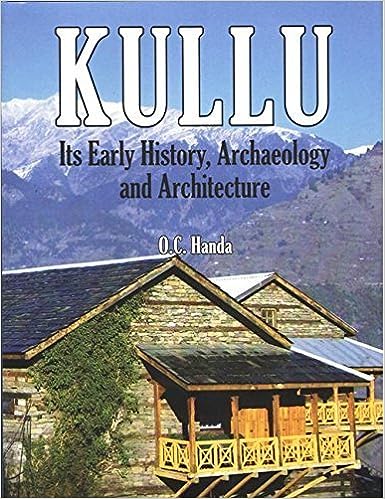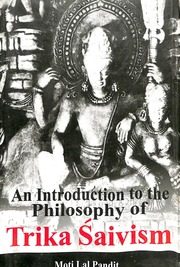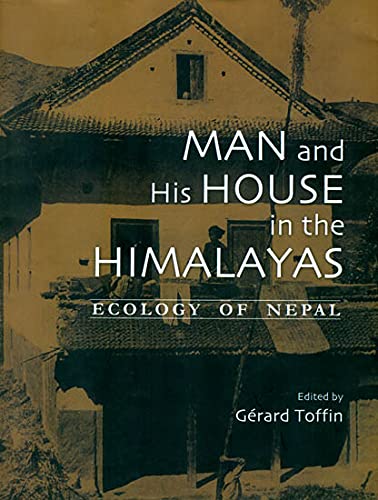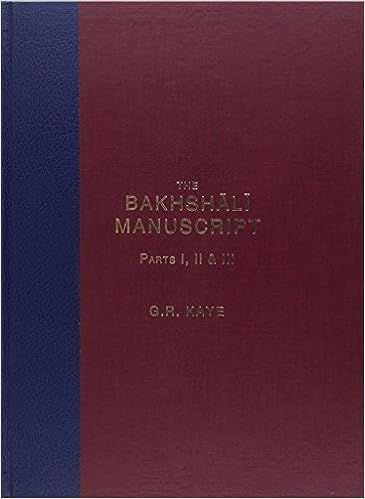Description
Kullu has been rightly defined as the Land of Gods, for this magnificent land is the home for some of the finest and ancient wooden and stone temples in the entire Himalayan region. The natural setting of this region, characterised by the verdant valleys and towering mountains, conjures up a vision of serene ambience and natural extravaganza. The history of region may be traced to a period anterior to the Ramayan Age. The ancient Kullot coins establish existence of a regular administrative system here as early as the 1st century BCE. The archaeological and literary evidences affirm an influential sway of Buddhism in this region as early as CE 2nd century and the Chinese pilgrim Hiuen-Tsang found it flourishing during his visit to this region in about CE 634. For such good reasons, the Kullu Valley has attracted notice of many explorers, scholars and administrators since the colonial period, but most of them confined themselves to its scenic grandeur. Thus, little is known about its cultural history, archaeology and architecture despite the fact that it is extremely rich in these areas. The age-old and magnificent stone and wooden temples and objects of faith preserved in these reflect vividly the sociocultural ethos of this region. It is for the first time that the cultural history, archaeology and architecture of this region have been discussed critically in the present work,






Reviews
There are no reviews yet.